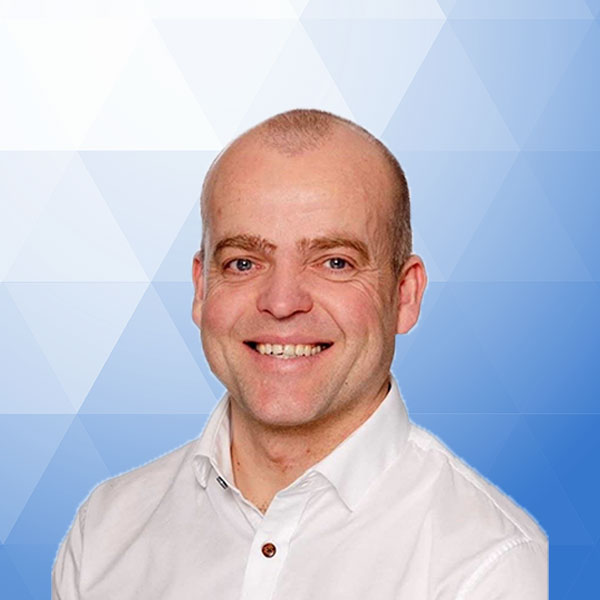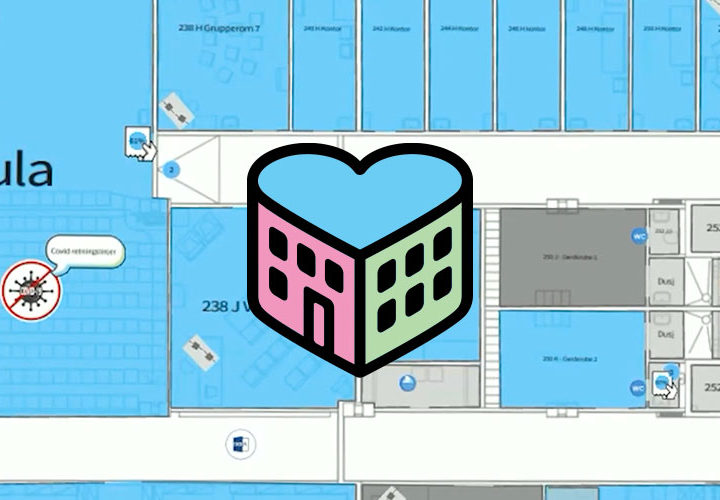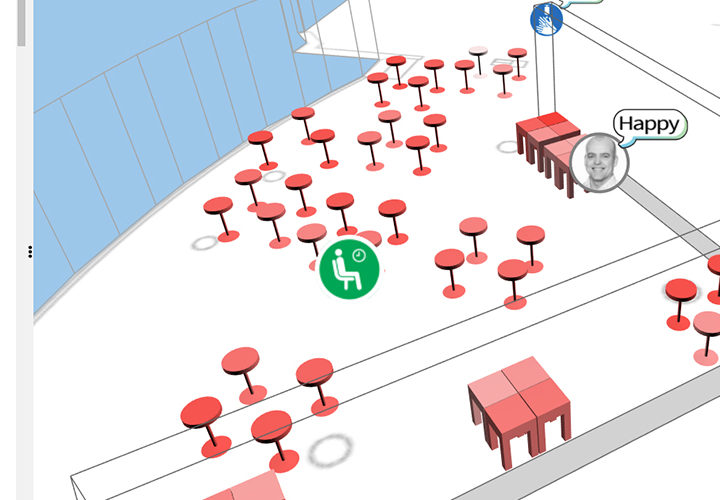Empathic Building Hospital Solution
Save time – give it to the patients
In the near future, as the aging population grows and healthcare worker shortages persist, numerous healthcare sectors will face significant challenges in delivering top-tier care. To ensure a consistent and high standard of healthcare services, we must do more with less.
The Empathic Building Hospital Solution is a user-friendly, technology-agnostic IoT hub that acts as a bridge between various healthcare systems, providing real-time visual data to nurses, doctors, and hospital facility managers.
By harnessing the power of Empathic Building data, decisions related to space optimization and training can be rooted in actual space utilization patterns. Moreover, the Empathic Building Hospital Solution allows indoor air quality monitoring, asset tracking, personnel location tracking, and more, streamlining the daily routines of hospital staff.
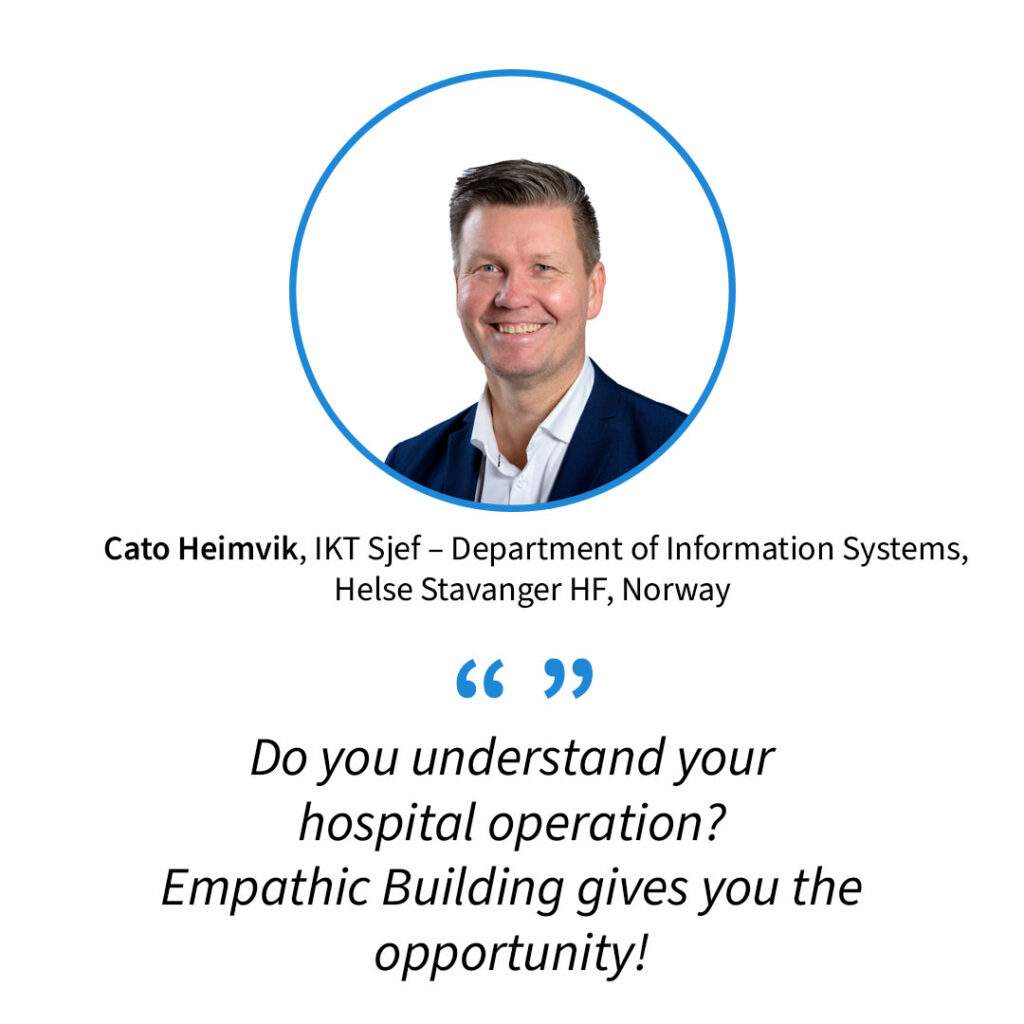
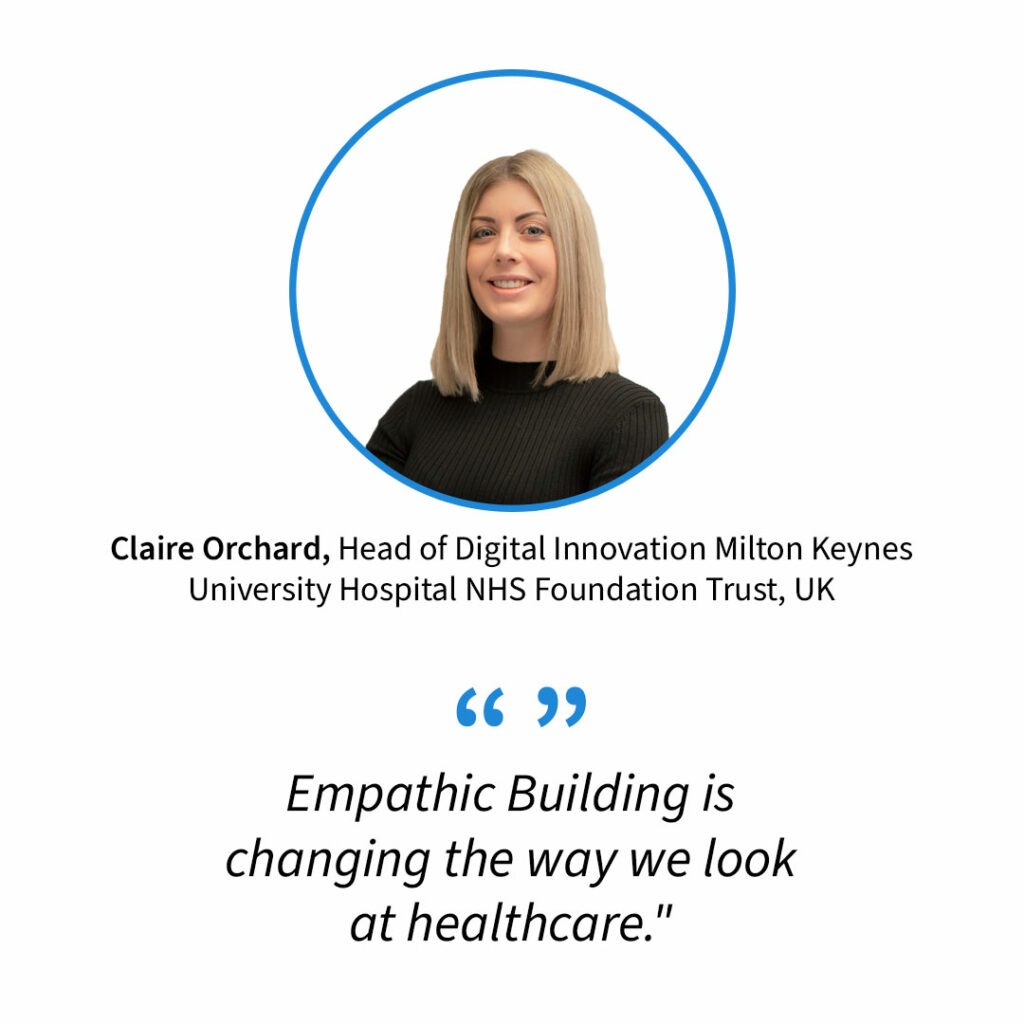
Key features
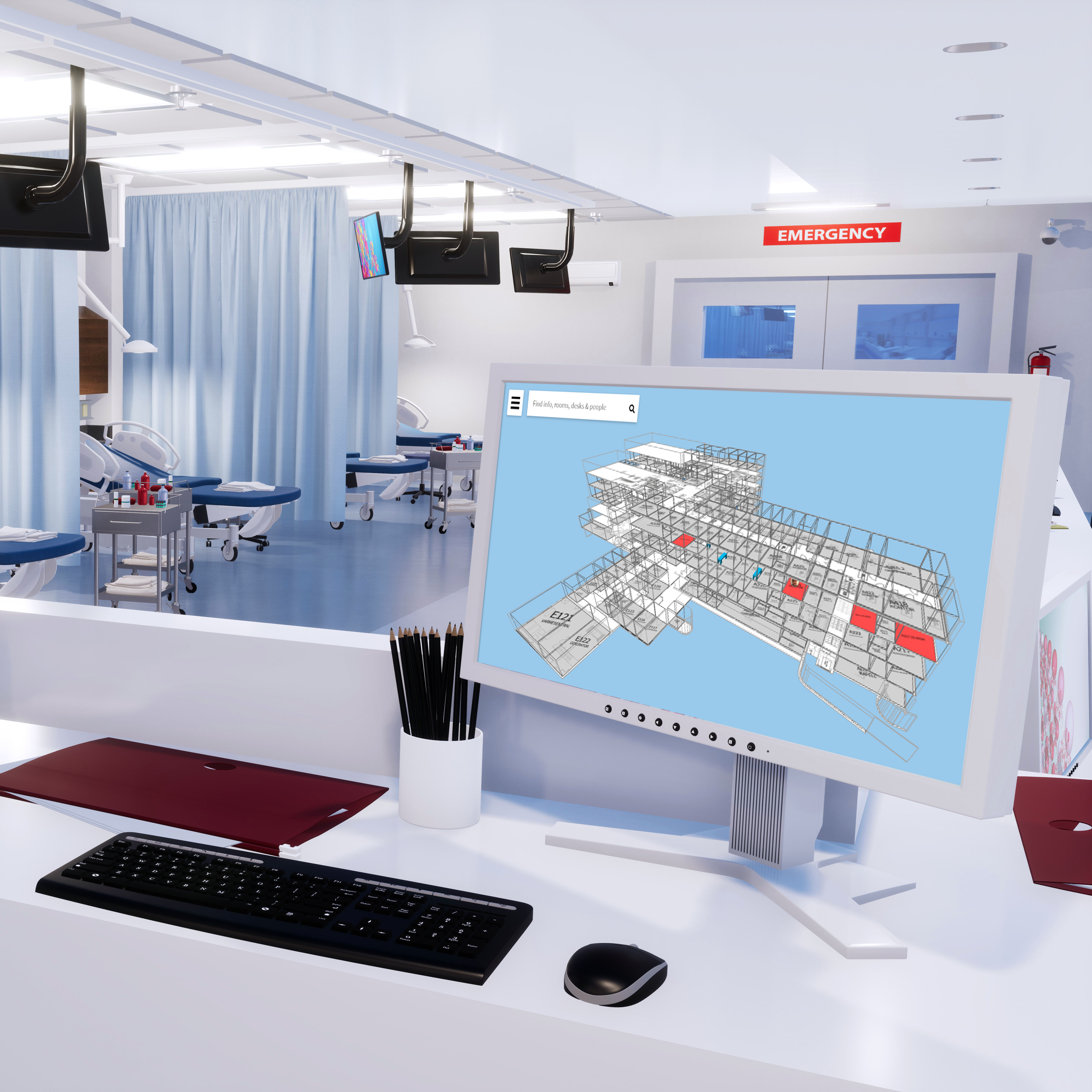
What makes us different
● Hardware and software agnostic solution
● Mobile connectivity: no need to connect to the hospital’s infrastructure
● Deployment in days – lifetime service & maintenance
● ISO 27001 and ISO 22301 security standard-compliant products & services
● Built to integrate
● Our customers define the direction through our international hospital consortium
Data-driven decision-making in Smart Hospitals
Cato Heimvik, IT Director of Stavanger University Hospital, took the stage at Quuppa Partner Event and talked about the future of data-driven decision-making in healthcare and smart hospitals. Here are Cato’s insights from his speech.
Read articleThe team
